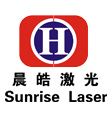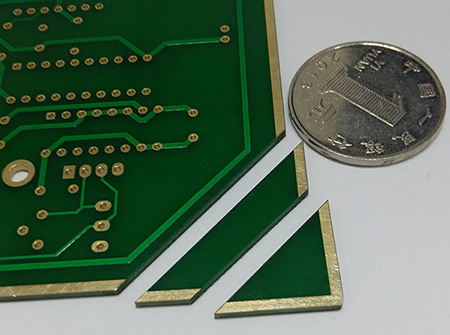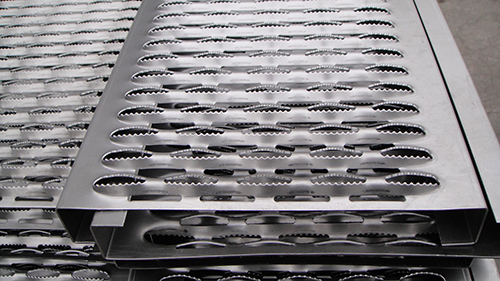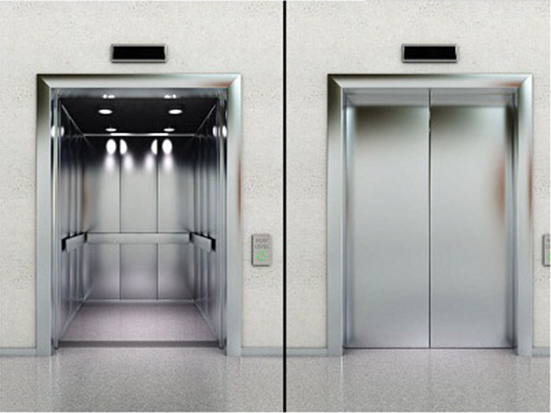Sheet metal processing laser cutting solution
-
Project Overview
Sheet metal is a comprehensive cold working process for metal sheets (usually below 6mm), including shearing, punching/cutting/compositing, folding, welding, riveting, splicing, forming (such as car body), etc. The thickness of the parts is the same. Common sheet metal processing includes stainless steel, carbon steel, aluminum, brass and other metal materials.
With the advancement of technology, the application range of stainless steel, carbon steel, aluminum plate and other metals has become wider and wider, the complexity of the processing technology has increased, and higher requirements have been placed on the processing accuracy. Traditional stainless steel, carbon steel, and aluminum sheet processing processes, whether processing efficiency or processing effects, cannot meet the growing market demand.
At this stage, the problems in the sheet metal industry are: the
traditional processing method of the sheet metal workshop is the process of cutting, blanking and bending. The blanking process requires a large number of molds.
In time, mold processing requires a certain design and manufacturing cycle, and the product has a certain trial cycle, which delays a lot of time.
Economically, with a large number of molds, the cost of the product will increase accordingly, resulting in a waste of costs. -
Program recommendation
Compared with the traditional method, the laser cutting machine has the advantages of high precision, high speed, flexible processing, etc., and has obvious advantages in the processing of metal materials such as stainless steel, carbon steel and aluminum plates. Among them, stainless steel laser cutting and carbon steel laser cutting are the most widely used, which has a tendency to replace CNC punching and shearing equipment. At present, 10,000-watt laser cutting machines have been used in industrial production. With the improvement of laser cutting machine power, the efficiency of laser cutting stainless steel and carbon steel has also doubled.
Traditional sheet metal cutting equipment and process
Conventional sheet metal processing techniques are: shear-punch-bending-welding process or flame plasma cutting-bending-welding process. In the face of multiple varieties, small batches, customized, high quality, short delivery orders, it has obvious shortcomings:
● (CNC/brick tower) punching machine has restrictions on the cutting of steel plates with a thickness of 1.5mm or more, and the surface quality is not good, the cost is high, the noise is high, and it is not conducive to environmental protection;
● High-speed water cutting processing is slow, resulting in serious pollution and high cost.
New sheet metal cutting equipment and process - laser cutting
Laser cutting is a process revolution in sheet metal processing and a "machining center" in sheet metal processing. The laser cutting process has the advantages of flexibility and flexibility. In view of the problems existing in the traditional sheet metal cutting at this stage, the demand for laser cutting is also increasing.
The advantages of the new sheet metal cutting process are:
●The slit is narrow, the cutting quality is good, the degree of automation is high, the operation is simple, the labor intensity is low, and there is no pollution;
● Low production cost and good economic returns.
-
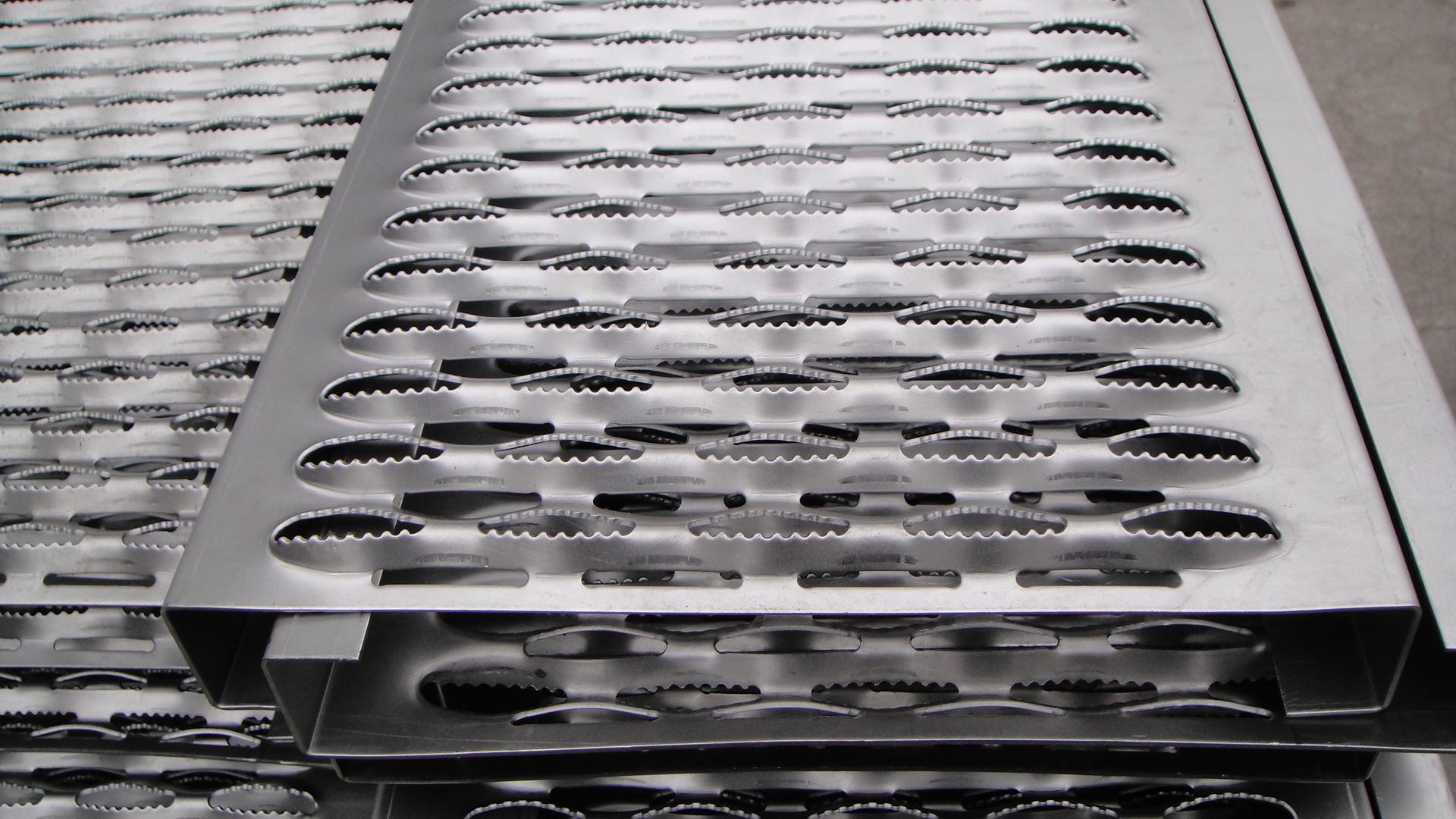
-
Features
● Fast speed , which can greatly improve production efficiency and reduce product production cycle;
●The slit is narrow , the cutting quality is good, the material adaptability is good, and the product quality is improved;
● High degree of automation , easy operation, and reduced labor intensity of workers;
● pollution-free , the process does not pollute, does not cause harm to humans;
● No “tool” wear , which improves material utilization and reduces customer cost of use;
● High reliability and strong stability, which can meet the needs of industrial mass production and processing.
